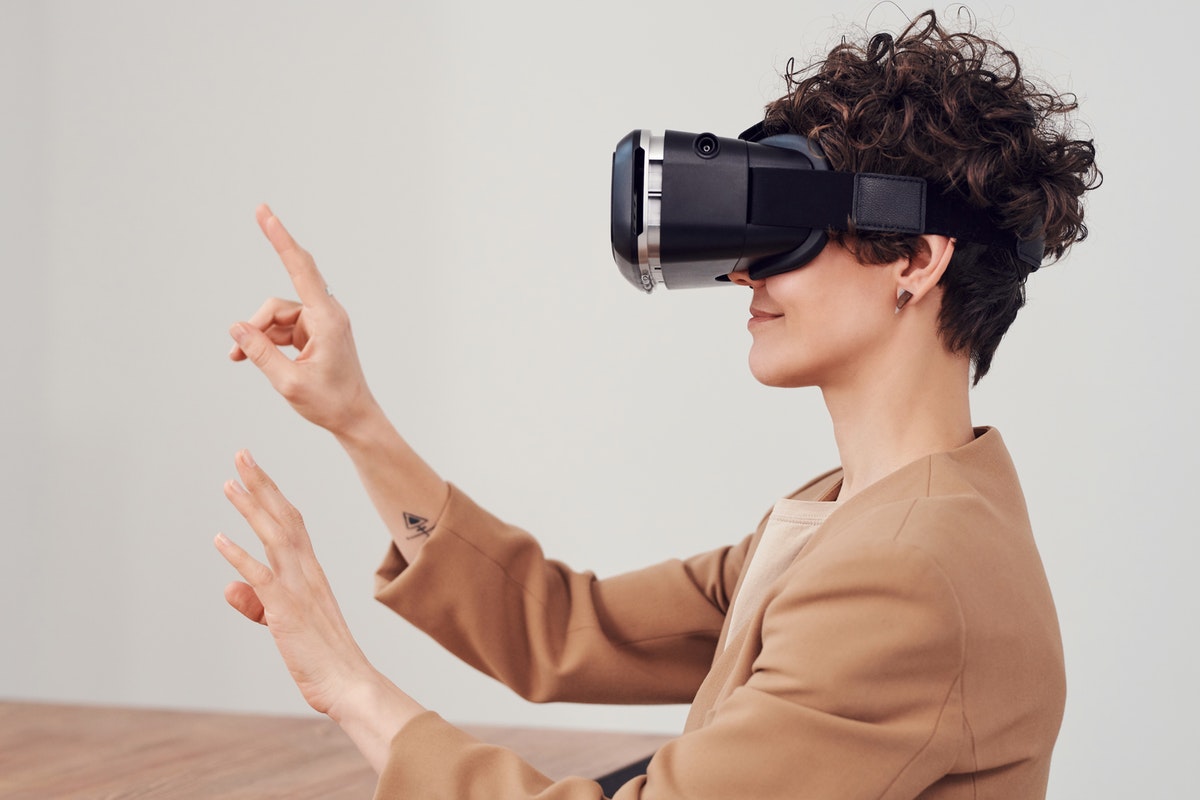
Extended reality solutions like virtual reality (VR) have a high potential of enhancing student engagement in the classroom. It provides unique learning experiences to students that would otherwise not have been possible through conventional methods like PowerPoint presentations.
Virtual reality is transforming the way educational content is delivered. It doesn’t just allow students to view learning materials. VR also enables students to interact with these materials and content, resulting in a uniquely immersive experience.
The technology simulates scenarios through digital images captured from real-world locations with the use of specialized cameras and equipment. The content can be viewed on VR headsets or projected onto classroom walls.
Here are some ways educators can leverage VR apps to increase student engagement in the classroom:
Students tend to be more engaged when lessons are structured in a way that they can relate them to the real world and everyday life. Instead of just explaining lessons through anecdotes and case studies, educators can use extended reality solutions to immerse students in real-life scenarios.
Virtual reality breaks the monotony of textbook learning by allowing students to learn a new skill through VR content that simulates real-life scenarios. They can practice for as long as they want, free to make mistakes and learn from them until they gain mastery of the skill.
In an experiment conducted by Google’s Daydream labs, students were divided into two groups and asked to learn coffee-making via different methods of instruction. The results showed that those who received VR training picked up the new skill faster than those who watched a YouTube tutorial and made fewer mistakes.
Purely textbook-based teaching strategies can get dull for students. Utilizing VR tools is an excellent way for teachers to increase student engagement in subjects like geography. Unlike textbooks that only offer illustrations and descriptions, VR can virtually transport students to anywhere in the world. Students can explore virtual locations via VR field trips.
Studies have shown that effective collaboration can increase engagement when students form stronger connections with their peers. VR technology helps with this by placing students in virtual settings, requiring them to work in teams to solve real-life problems. This approach helps make the learning of complex topics not just engaging but also effective.
For these reasons, educational institutions like the Cornell School District in Pennsylvania are utilizing VR technology to facilitate activities that require students to work and learn together as a team.
VEDX provides complete extended reality solutions like VR to schools that wish to incorporate immersive learning into their curriculum. We provide you with VR tools that support better learning outcomes, empower educators, and create a more engaging and fun learning environment for students.
Beyond high schools and universities, we also partner with governments and enterprises in customizing VR packages that will help solve learning challenges.
Contact VEDX today to schedule a free discovery call.
Created By Euphoria XR | Privacy Policy | VEDX Code of Conduct | Sitemap | Contact Us